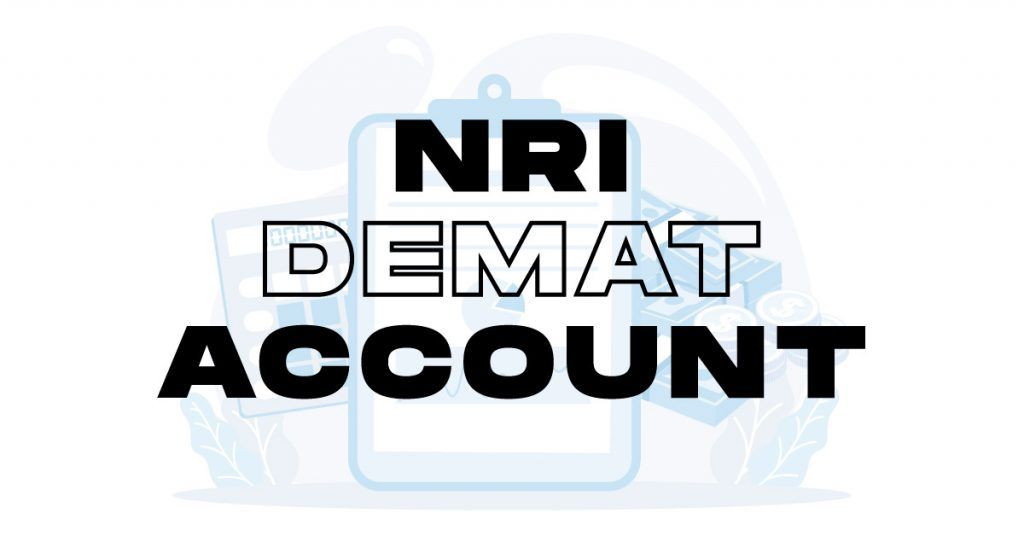Price Band in IPO
Written by Upstox Desk
Published on July 31, 2025 | 5 min read

Initial Public Offering (IPO) is pretty much clear to every investor, whether a newbie or a professional. However, not many people would be aware of the key terms used throughout the process of a company going public. And price band is one such term.
Let’s find out more about this term in this article.
Definition
It is a range of prices between which company shares get listed. For instance, if the price band is between Rs. 150 and Rs. 200, the issue can be listed within this specific range. Suppose the shares got listed at Rs. 160; this will be the cut-off price.
The seller or the stock exchange generally specifies this value. It helps manage massive stock trading to avert panic selling and market volatility. Most stocks have upper and lower price ranges, and buyers must place bids between these values.
How does it work in an IPO?
As mentioned above, this range specifies a boundary for stock trading where a seller assigns the cost limit’s highest (cap) and lowest (floor). It prevents huge unwanted fluctuations in the stock price.
This acts as a cost limit for a stock that has to be traded on a certain day. Don’t forget that the spread between the floor and the cap costs should be at a maximum of 20%.
The two primary prospects here are:
- The stock rate at the upper limit: Every pending order gets bid at the upper price; thus, there are no market sellers or offers.
- The stock rate at the lower limit: All the pending orders on the offer side are bid at a lower price; thus, there are no market buyers or bids.
Let’s understand this further with an example. Suppose the value of a security decreases or increases during a specific time frame or by 20% of its opening price. Then, the stock exchange will cease trading until the markets get settled. It allows buyers and sellers to discover one another conveniently.
With the help of it, a firm can acknowledge how much an investor is willing to pay for proprietary. In simple words, it assists the company in evaluating the market worth. Moreover, it also endorses an atmosphere of an organized stock market, known as the ‘circuit limits.’
How is the price band decided?
Computing a practical range demands extensive calculation, research, and quantitative analysis. Thus, companies choose the book-building methodology to provide shares to varying bid processes.
This helps evaluate the market demand for the stocks and decide a logical price band. Additionally, firms generally hire underwriters to scrutinize diverse factors related to the market and the company to settle upon a conclusive price range.
Factors that Impact the Issue Price
Some factors can affect the issue price in IPO. Thus, investment bankers and companies need to keep them in mind while finalizing the same:
- Fundamental market trend
- Good news regarding the company’s achievements
- Departmental and leadership set-up of private firms
- Fiscal efficacy of the company’s business model
- Quality of stocks
- The demand for stocks
- Future growth prospects of the company
- The present market rate of different companies’ stocks in the same industry
Example
To help you understand the concept of price band in more detail, let’s take an example. Suppose a company, ABC Corporations ranged its stocks between Rs. 72 to Rs. 76. Just to understand it, let’s say the company issues 10,000 shares, and the underwriters come up with the above-mentioned prices. Now, the bids of investors would be as follow:
| Bid Price | Number of Shares | Cumulative Shares | Cumulative Percentage of Shares |
|---|---|---|---|
| Rs. 76 | 1000 | 3000 | 30% |
| Rs. 75 | 4000 | 10000 | 100% |
| Rs. 74 | 600 | 10600 | 106% |
| Rs. 73 | 1000 | 11600 | 116% |
| Rs. 72 | 5000 | 16600 | 166% |
Considering that the company only wanted to issue 10000 shares, the IPO was going oversubscribed up to 16600 shares. Thus, the company will now only allocate shares at a value of Rs. 75 and above. The rest of the investors will get a refund, and Rs. 75 will become the cut-off price.
Frequently Asked Questions (FAQs)
Q. Who calculates the price band in IPO?
The owners of the company have a discussion with investment bankers regarding the IPO price band. Generally, they use the book-building process to provide securities to a variety of bid processes. It helps discover the market demand of the stocks and sets a correct price band.
Q. What is the price band in NSE?
The National Stock Exchange (NSE) has ascertained price bands for every underlying security. This assists the seller find out how much an investor would be willing to pay to get the ownership of the company.
Q. What is the price band percentage?
In the Limited Physical Market, the securities’ price bands are just the same as the ones applied in the Normal Market for securities. For the auction market, 20% of the price band is applicable. The exchange has fixed 10% as the operating range to stop members from taking orders at unfair prices in these securities.
About Author
Upstox Desk
Upstox Desk
Team of expert writers dedicated to providing insightful and comprehensive coverage on stock markets, economic trends, commodities, business developments, and personal finance. With a passion for delivering valuable information, the team strives to keep readers informed about the latest trends and developments in the financial world.
Read more from UpstoxUpstox is a leading Indian financial services company that offers online trading and investment services in stocks, commodities, currencies, mutual funds, and more. Founded in 2009 and headquartered in Mumbai, Upstox is backed by prominent investors including Ratan Tata, Tiger Global, and Kalaari Capital. It operates under RKSV Securities and is registered with SEBI, NSE, BSE, and other regulatory bodies, ensuring secure and compliant trading experiences.

























